Woman, fascinated by Cape Ray ship wreck, makes it her dying wish to help preserve it
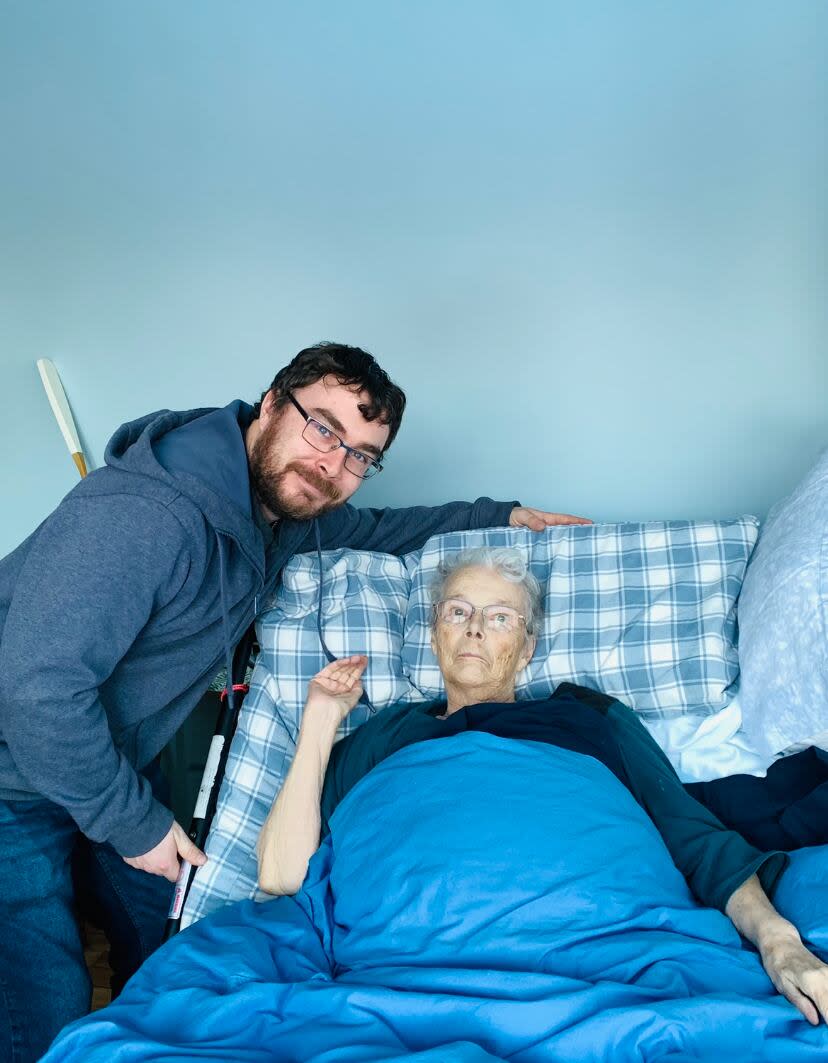
The shipwreck that mysteriously washed up in Cape Ray earlier this year is a phenomenon that grasped the attention of people across the world.
And it especially captivated St. John's woman Joan Scott.
Scott had dedicated much of her life to education, starting off as a school teacher before becoming a biologist and working in Memorial University's biology department, and eventually writing her PhD on women in science.
On Feb. 29, Scott died after a short illness at the age of 89. But in the days before her death, she became completely enthralled with the shipwreck in Cape Ray.
Her daughter, Kitty Scott, said her mother was captivated by the very first image she saw.
"This beautiful image of the boat off the coast of Cape Ray … it was a drone shot, and you could see the snowy shoreline and the boat in the ocean. I think there was some kind of sense of wonder, and looking at that picture thinking how this fragment of history had all of a sudden landed on the beach there," Kitty said.
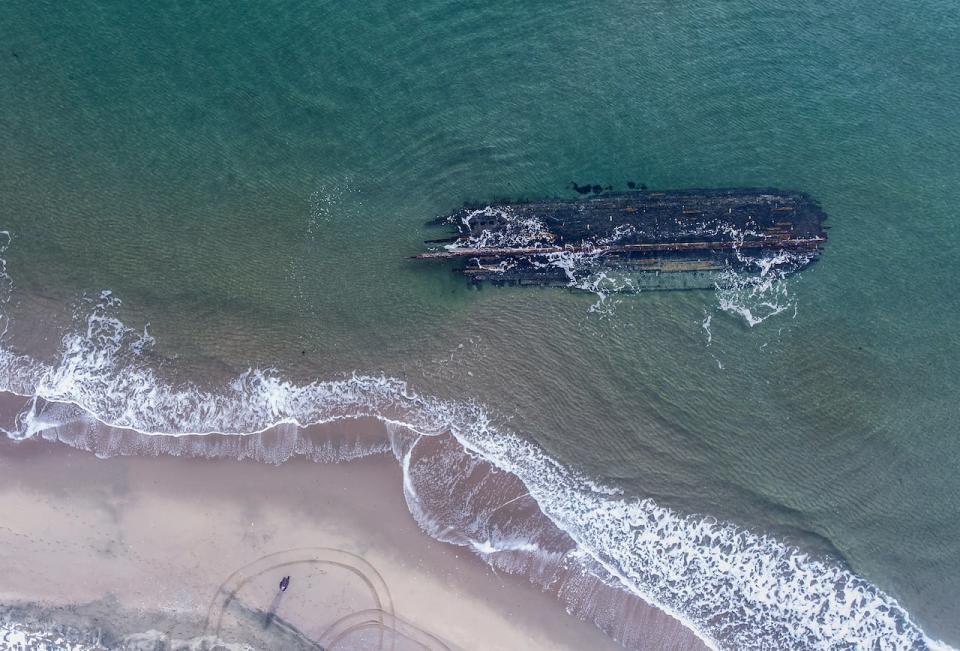
The massive, overturned hull of a seemingly ancient ship appeared without warning along Newfoundland's southwestern tip. It was this image that sparked Joan Scott's fascination with the wreck. (Corey Purchase/The Canadian Press)
"She just thought this is an incredible opportunity to learn more about our past, and the people who perhaps were working on the ocean, living on the ocean and met their fate."
As a woman who deeply believed in education and research, Joan was compelled to help the group that's working to recover and preserve the ship. As her health deteriorated in the hospital, Joan asked Kitty to send a donation.
"We don't know the story of that ship, but she knew that we had a lot of different methods to understand the age of different things that were in that boat. So she knew we could find out a lot about it, and the idea of finding out more, going deeper, was was very important to her with that particular boat," Kitty said.
It was, in the end, Joan's dying wish.
"She said, 'If there's one thing that will ensure I'm happy when I die, it will be knowing that I've helped the people of Cape Ray, and I've helped them to find out what this ship is about,'" Kitty said.
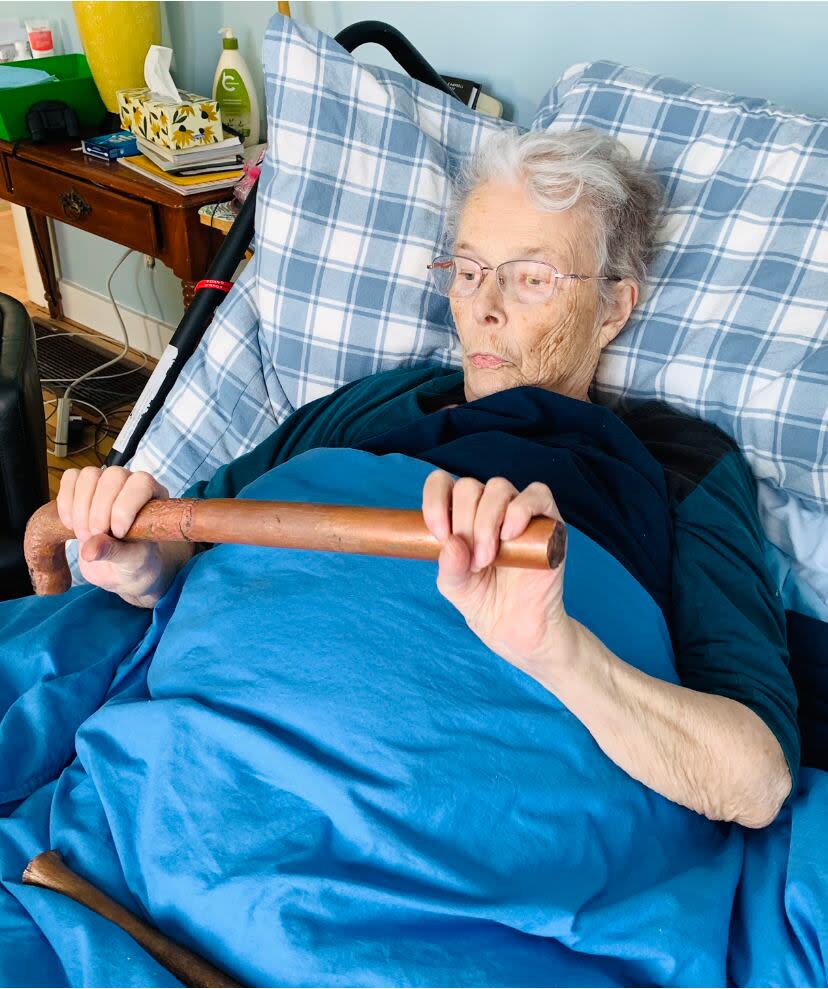
Trevor Croft said Joan "lit up" when he showed her the fragments of the ship. They chatted about where it might've come from, and how old it might've been. (Submitted by Kitty Scott)
That donation was so generous that it stopped organizer Trevor Croft in his tracks. He made a point to respond immediately to thank the person who'd sent it.
At the time, he was in St. John's visiting his dying father in the hospital.
When Croft learned from Kitty that Joan, too, was nearing the end of her days, he was compelled to pay her a visit.
He brought along some fragments of the wreck — big brass nails and pieces of its copper keel.
"I had some stuff I had brought home to show my show my father — I had them in the truck with me. So I offered to bring those by to show Joan, she was extremely interested in it," Croft said.
It turns out, that visit ended up being a bright spot in the lives of two families who were in the midst of a dark time.
"When I walked in with all that stuff, she lit up pretty quickly. And it helped me along, too," Croft said.
Croft visited Joan twice. They spoke for 30 or 40 minutes each time, and she died five days later.
"Generally during the day, she didn't have a lot of energy," Kitty said. "With Trevor, she was so alive, and she knew who he was before he came in the door because she'd been following the story and had seen pictures of him. They had a fantastic conversation."
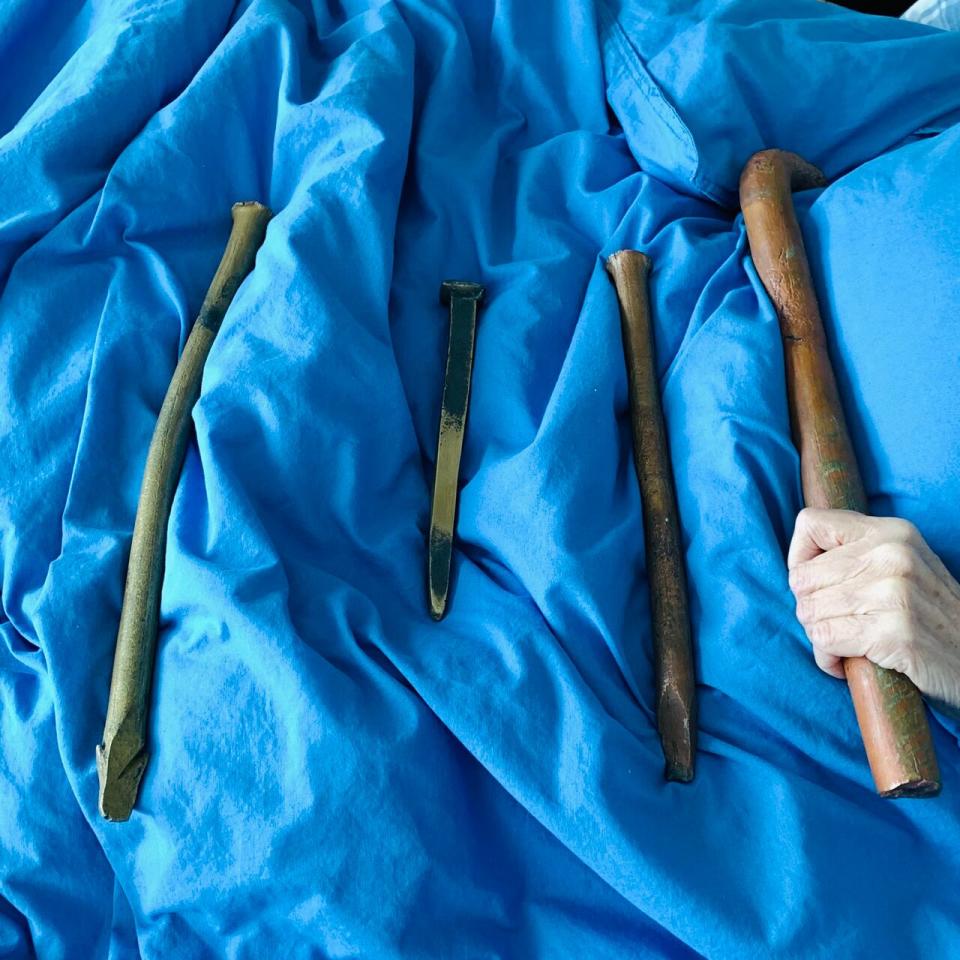
Croft brought along some artifacts from the wreck to show Joan a few days before she died. Fragments of its solid copper keel and solid brass nails likely date back to the 1800s. (Submitted by Kitty Scott)
Kitty said by making that death-bed donation, her mother ended up making a new friend.
"We just never imagined that by helping this project that there would be this kind of personal relationship that was built. It's extraordinary that when somebody is dying, they're able to bring new people and new ideas into their life," she said.
Before she passed, Joan told Kitty that instead of sending flowers, she would like people to donate to Croft's recovery and preservation work on the shipwreck.
It's been a month, and in that time Croft says they've received about $1,500 in Joan's memory.
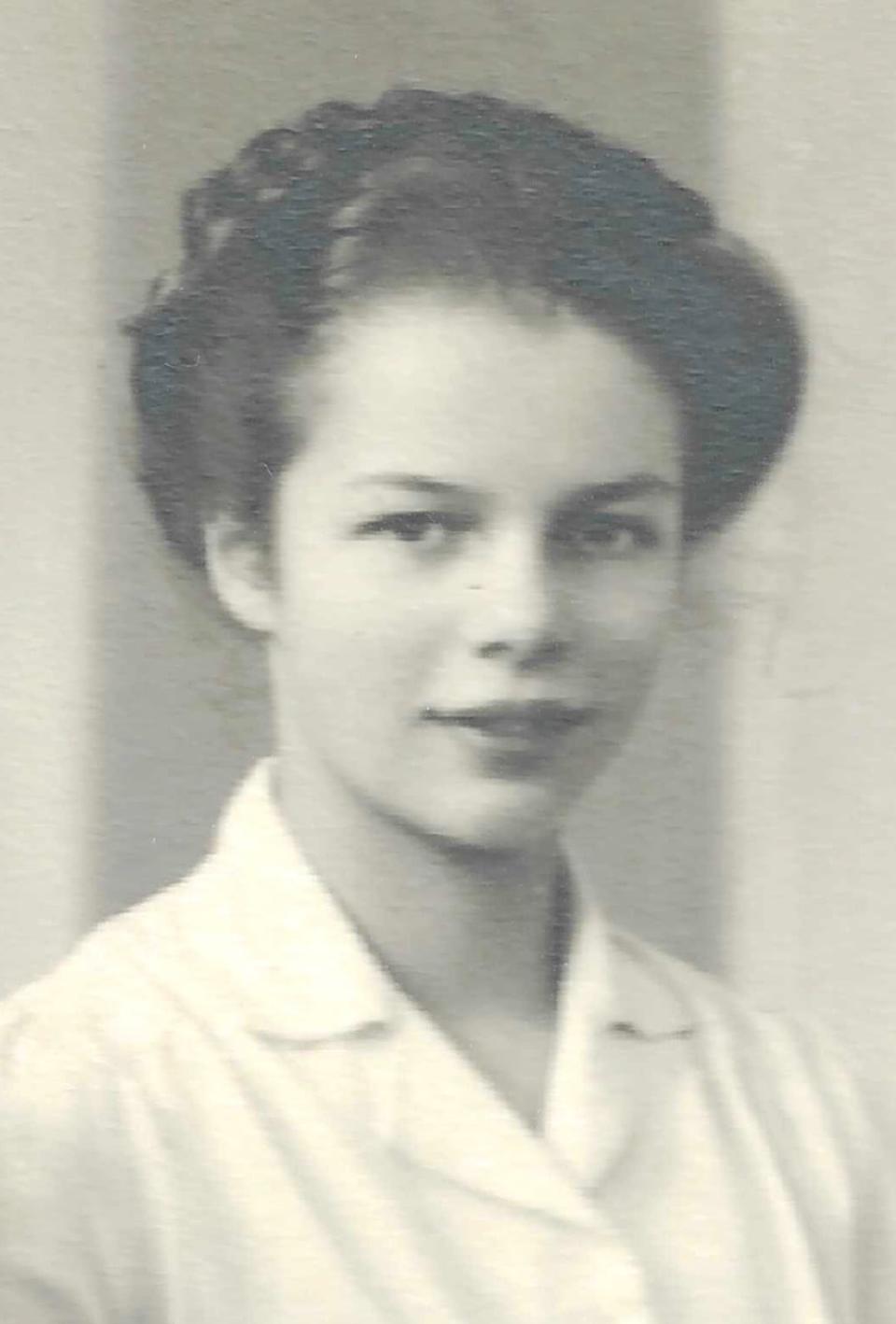
A photo of Joan Scott in her earlier years. (Submitted by Kitty Scott)
Kitty hopes that money might someday contribute to a museum display in Cape Ray that will educate visitors and people who live in the town about the wreck, its history, and its connection to the past.
"In a very baseline for my mother, the idea that some child born in Cape Ray might walk into that museum, learn about that particular ship, but then go off to have a life in science would probably bring her the most joy possible," Kitty said.
Croft hopes to be able to start pulling the wreck from the ocean within the next week or so, and then they hope to be able to transport it to the museum site, just as Joan wanted.
"I think she's very proud of what she did," Kitty said. "She died happy because of this."
Download our free CBC News app to sign up for push alerts for CBC Newfoundland and Labrador. Click here to visit our landing page.

